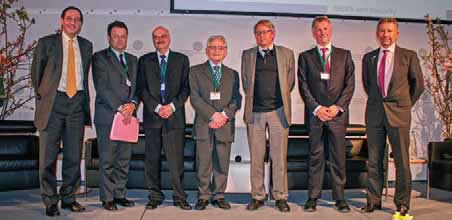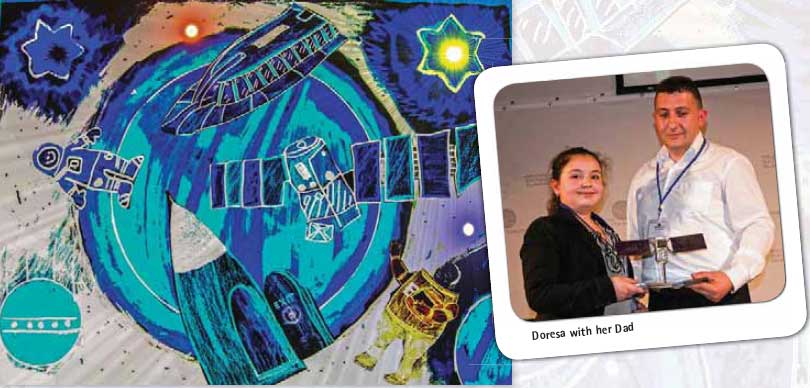With an aim to pinpoint distress calls for rapid search and rescue, Galileo navigation system will be harnessed, announced European Space Agency (ESA). It will test expansion of the humanitarian system over the next two years to make it more effective. In addition to conveying distress signals to search and rescue organisations, Galileo will also provide a novel service known as Return Link Service. Under this innovative service, the satellite will send a reply to those in distress, letting them know that their signal was picked up and help is on the way.

The uplink station (INLUS), which interfaces with satellite to broadcast the correction signals, comprises of signal generation unit and RF unit with 11 m antenna. The 11m antenna and RF systems were indigenously developed and operationalized. Designing a combined feed system for INLUS was a major challenge, and required extensive experimentation and several iterations to arrive at the final design.

The determination of the coordinates of a point on the earth surface with high accuracy is a real contemporary challenge. Although we are today (2011) equipped with arsenal of unprecedented electronic surveying devices (GPS) receiving positional signals from dozens of satellites orbiting the earth in addition to online public and private geodetic networks broadcasting measurement enhancement, we still didn’t reach the required positional accuracy over our earth globe.

GNSS 2D positioning accuracy is well defined. According to the receiver model, the software, the positioning Mode, the available corrections used, the 2D positioning accuracy vary from few meters to mm. However the altimetry positioning with GNSS is less accurate than 2D one. Without an accurate Geoid reference earth surface, the levelling survey by GNSS couldn’t be done with sufficient accuracy needed for several fields of survey like construction or water management projects.

The Blue Book for Maritime Policy (European Commission, 2007), the Communication “Marine Knowledge 2020” (2010) and the Directive 2007/2/ EC of the European Parliament and the Council (INSPIRE Directive) are examples that recognize the importance of establishing an appropriate marine data and information infrastructure.

To the existing tracts on the adaptivity theme I wish to offer my own observations. As musings prompted by one individual’s limited experience, these reflections cannot by any means represent a complete prescription answering this global question. Nevertheless, significant value can be gained from a response offering meaningful solutions wherever needed. In fact, solutions offered herein are asserted to give performance improvements that are urgently required.

With the slogan “GNSS and Security“ the Munich Satellite Navigation Summit started a new decade of conferences and mentioned that this unique European Satnav-conference has its 10th anniversary. The organizing institute ISTA (which was former known as Institute of Geodesy and Navigation) from the Universitaet der Bundeswehr Muenchen, invited highranking speakers from all over the world to discuss the progress and challenges of GNSS.
April 2012
6th International Satellite Navigation Forum, 17-18 April, 2012,
Moscow, Russia, https://mycoordinates.org/the-6thinternational-satellite-navigation-forum/;












 (5.00 out of 5)
(5.00 out of 5)